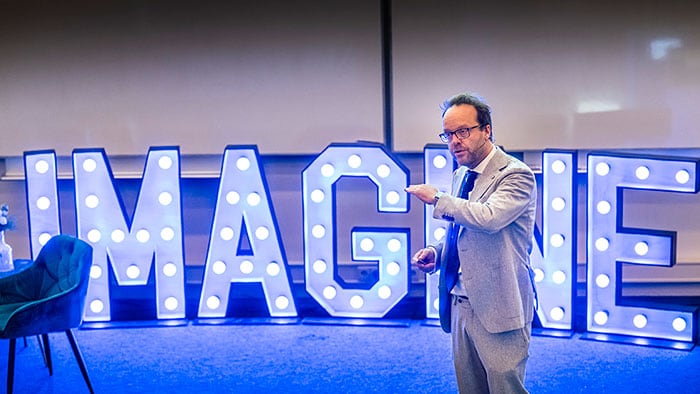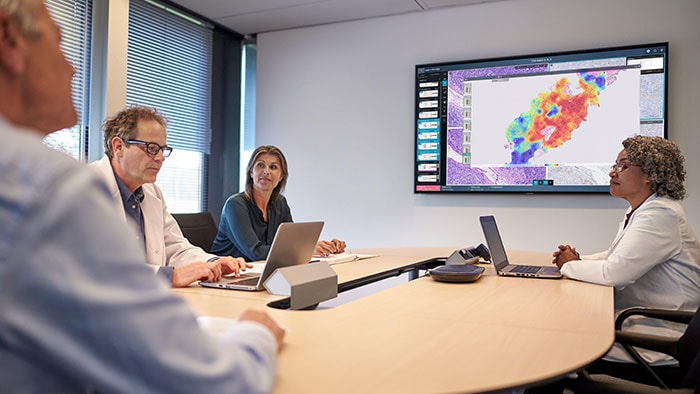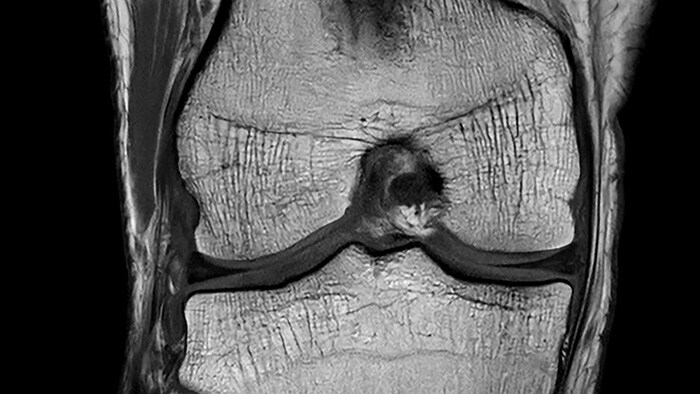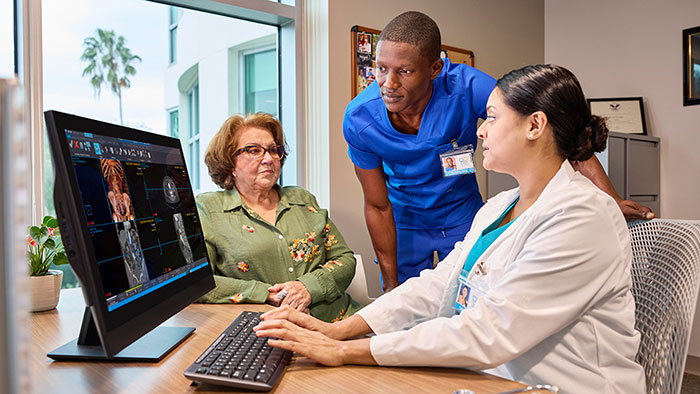“De expositie brAInpower is de kans zelf kennis te maken met AI, om mysteries te ontrafelen”
jul 03, 2024 | 2 minuten leestijd
“Veel mensen weten nog weinig over Artificial Intelligence of voelen een soort angst. Deze expositie is onze kans om de drempel te verlagen, om mensen zelf kennis te laten maken met AI, om de mysteries te ontrafelen en de mogelijkheden te omarmen”, zegt Olga Coolen, directeur van het Philips Museum in Eindhoven, over de nieuwe brAInpower-expositie in het museum. “Het is een onderwerp dat niet alleen de toekomst vormgeeft, maar ook diepgeworteld is in onze geschiedenis.”
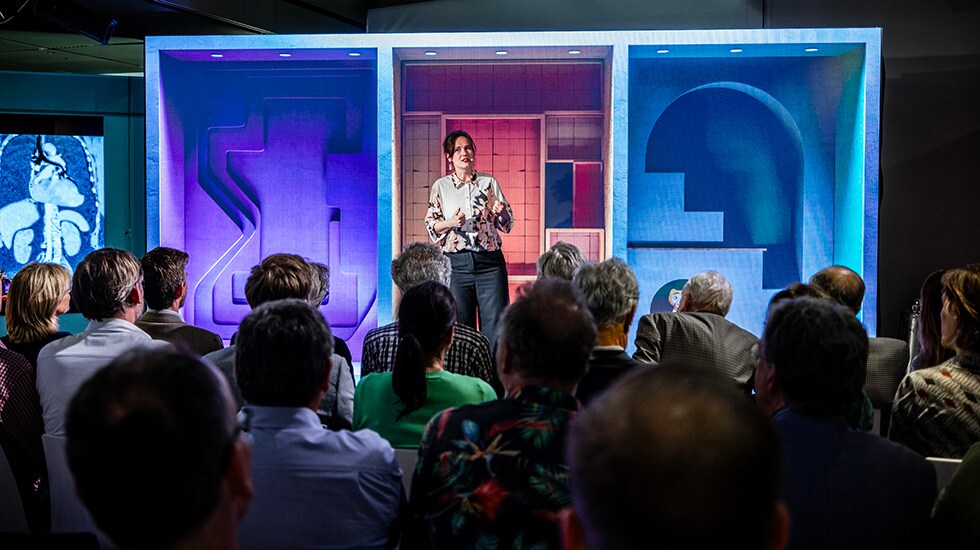
Olga staat op het podium in het Philips Museum om de brAInpower-expositie officieel te openen. In de zaal zitten (oud) Philips-collega’s, vertegenwoordigers uit de Brainport-regio, studenten van de TU in Eindhoven, AI-professionals en andere geïnteresseerden in het onderwerp van artificial intelligence. De expositie zoekt naar antwoorden op de vraag ‘wat kan AI voor jou betekenen?’ en biedt onder meer een uitgebreide tijdlijn van de ontstaansgeschiedenis van AI waarin de rol van Philips wordt belicht.

Voortrekkersrol
Haar speech is een bloemlezing van de vele hoogtepunten uit de rijke geschiedenis van Philips in computer- en dataopslagtechnologie. “Voor Philips, een bedrijf dat gedurende zijn lange geschiedenis een voortrekkersrol heeft gespeeld in technologische innovatie, is deze expositie daarom een viering van ons verleden, onze bijdragen en onze toekomst”, zegt ze.
Cruciale momenten
Er zijn enkele cruciale momenten waarop Philips een rol speelde in de ontwikkeling van AI. Al rond 1960 experimenteren Philips onderzoekers in het Natlab met computers. Ze bouwen de PETER (Philips Experimentele Tweetalige Elektronische Rekenmachine) en de PASCAL (Philips Akelig Snelle Calculator). Ze vertelt over de ontwikkeling van transistor naar chip, digitale opslag door de CD en de bouw van de eerste wafersteppers in 1981. Olga: “Dit bleken zeer belangrijke bouwstenen voor AI.”
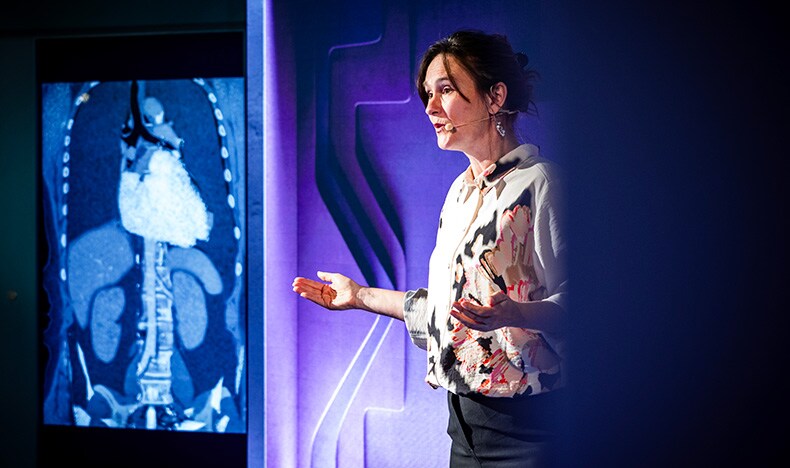
Blijvende impact
Ook staat de museumdirecteur stil bij de visie om de chipproductie in 1991 onder te brengen in Philips Semiconductors (het latere NXP) en om te investeren in bedrijven als ASML en TSMC, die cruciaal zijn geweest voor de productie van geavanceerde halfgeleiders die essentieel zijn voor AI-toepassingen. “Deze strategische beslissingen hebben niet alleen de industrie gevormd, maar hebben ook een blijvende impact gehad op de wereldwijde technologische vooruitgang”, zegt ze.
Nieuwe koers
De expositie neemt bezoekers mee in de rijke geschiedenis, maar is veel meer dan alleen een viering van het verleden en de prestaties van Philips, benadrukt Olga op het podium. Het is vooral een begin van een nieuwe koers voor het Philips Museum. “We willen een educatieve rol spelen in maatschappelijk relevante debatten. We willen van het museum de huiskamer van de Brainport-regio maken waar kennis en inspiratie samenkomen. Laten we samen streven naar een toekomst waarin technologie niet alleen vooruitgang brengt, maar ook het menselijk welzijn bevordert.”
Wil je meer weten over AI? Bezoek www.philips.nl/brainpower of de brAInpower-expositie in het Philips Museum.
‘brAInpower is the opportunity to experience AI firsthand and unravel mysteries’
"Many people know little about Artificial Intelligence or feel a sort of fear. This exhibition is our chance to lower the threshold and let people experience AI firsthand, unravel its mysteries, and embrace its possibilities," says Olga Coolen, director of the Philips Museum in Eindhoven, about the new brAInpower exhibition at the museum. "It is a subject that not only shapes the future but is also deeply rooted in our history."

Olga stands on the stage at the Philips Museum to officially open the brAInpower exhibition. In the audience are (former) Philips colleagues, representatives from the Brainport region, students from the TU in Eindhoven, AI professionals, and other enthusiasts of artificial intelligence. The exhibition seeks to answer the question, "What can AI mean for you?" and features an extensive timeline of AI's history, highlighting Philips' role.

Leadership Role
Her speech is a compilation of many highlights from Philips' rich history in computer and data storage technology. "For Philips, a company that has been a pioneer in technological innovation throughout its long history, this exhibition is a celebration of our past, our contributions, and our future," she says.
Crucial Moments
There have been several crucial moments when Philips played a role in the development of AI. As early as around 1960, Philips researchers at Natlab were experimenting with computers. They built the PETER (Philips Experimental Bilingual Electronic Calculator) and the PASCAL (Philips Awfully Fast Calculator). She talks about the development from transistor to chip, digital storage through the CD, and the construction of the first wafer steppers in 1981. Olga says, "These turned out to be very important building blocks for AI."

Lasting Impact
The museum director also reflects on the vision to place chip production in Philips Semiconductors (later NXP) in 1991 and to invest in companies like ASML and TSMC, which have been crucial for the production of advanced semiconductors essential for AI applications. "These strategic decisions have not only shaped the industry but have also had a lasting impact on global technological progress," she says.
New Course
The exhibition takes visitors through the rich history but is much more than just a celebration of the past and Philips' achievements, Olga emphasizes on stage. It is primarily the beginning of a new course for the Philips Museum. "We want to play an educational role in socially relevant debates. We want to make the museum the living room of the Brainport region, where knowledge and inspiration come together. Let's strive together for a future where technology not only brings progress but also promotes human well-being."
Want to know more about AI? Visit www.philips.nl/brainpower or the brAInpower exhibition at the Philips Museum.
